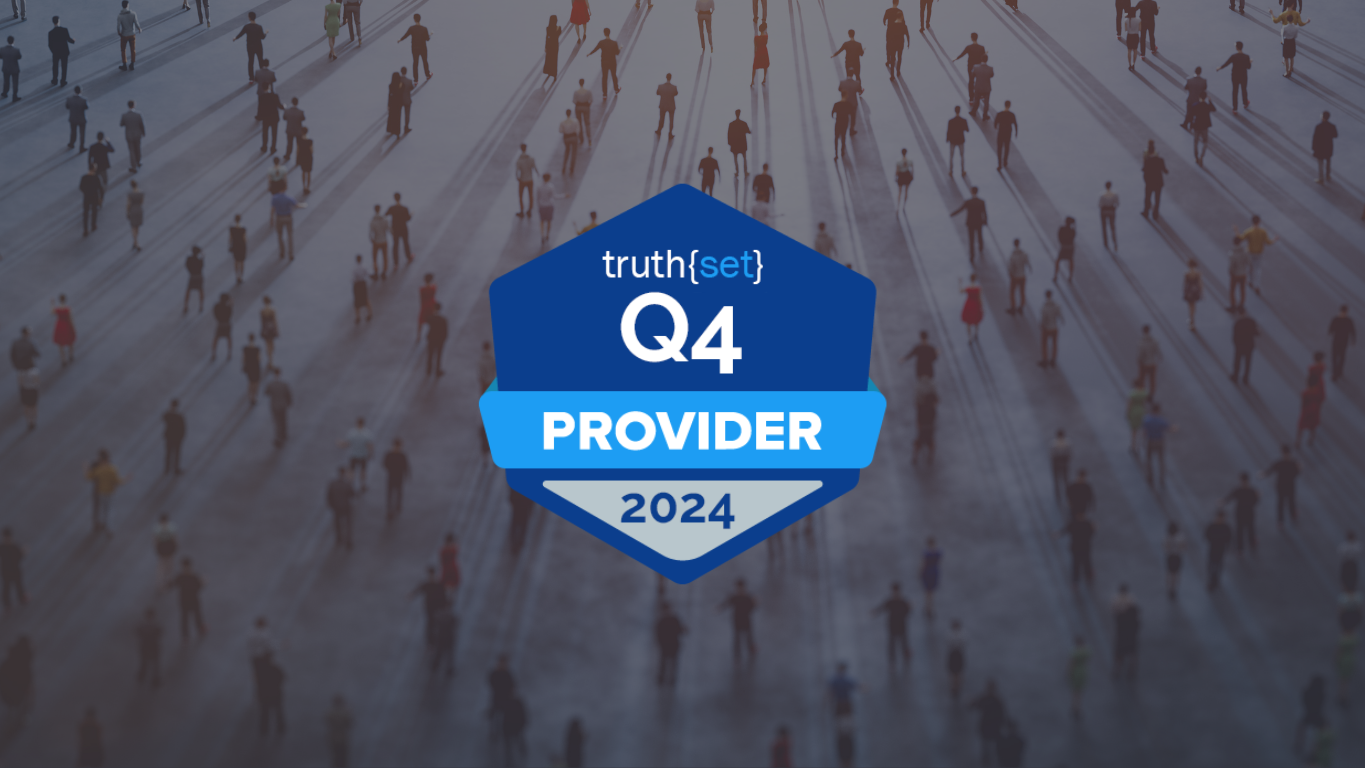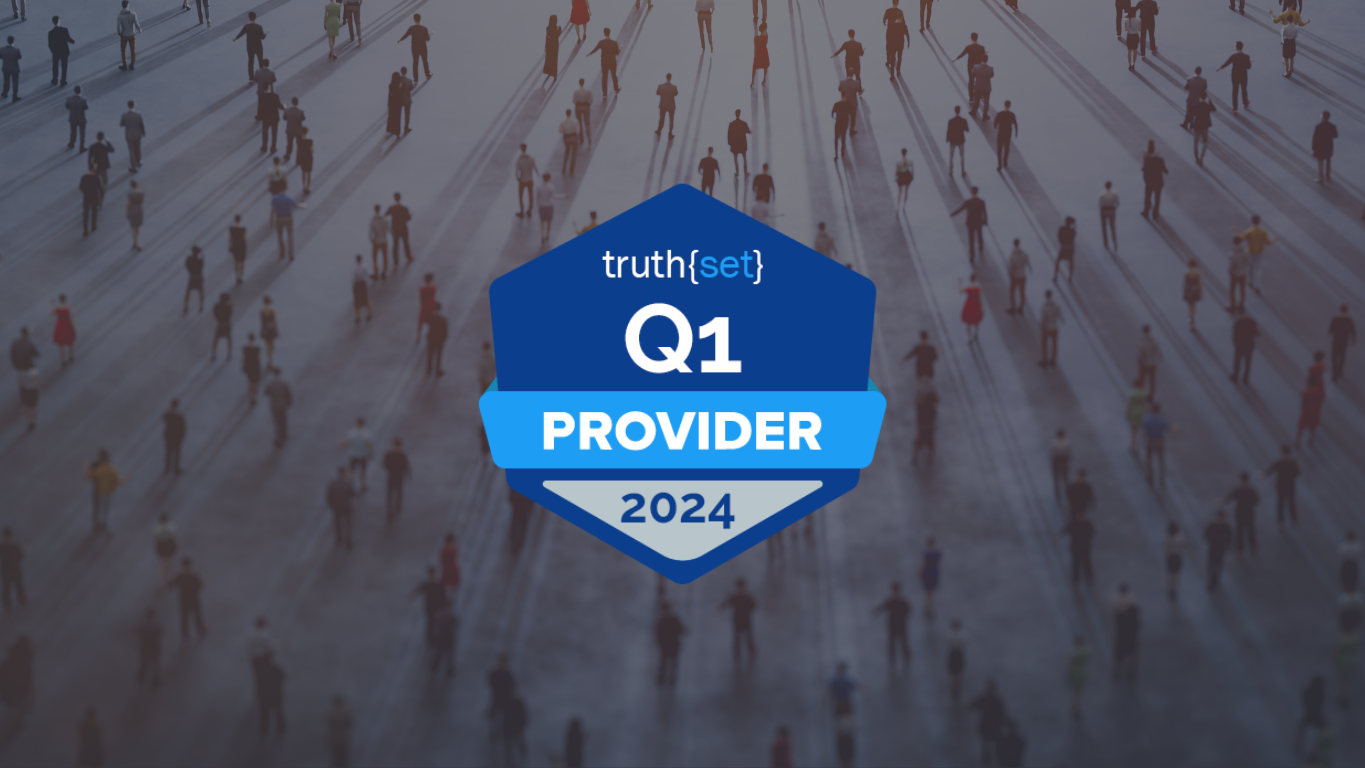In today’s data-driven world, the quality and accuracy of your data are paramount. Poor data quality can lead to costly errors, misinformed decisions, and missed opportunities. It is estimated that 88% of all data integration projects fail entirely or significantly overrun their budgets because of poor data quality.
Data scientists spend about 60% of their time verifying, cleaning up, correcting, or even wholly scrapping and reworking data. And research estimates that businesses with low data quality maturity can lose around $3.1 trillion in the U.S. alone – or 20% of their revenue.
What is Data Cleansing?
Data cleansing, also known as data scrubbing or data cleaning, is the process of identifying and correcting errors, inconsistencies, and inaccuracies in a dataset. The goal is to improve data quality by ensuring that it is accurate, reliable, and complete.
Why is Data Cleansing Important?
- Clean and accurate data forms the basis of informed decision-making, helping organizations make strategic choices with confidence.
- Eliminating data errors and inconsistencies reduces the risk of costly mistakes and operational inefficiencies.
- Clean data ensures that customers receive accurate information and personalized experiences, improving satisfaction and loyalty.
- Maintaining clean data helps organizations meet regulatory requirements and avoid legal issues related to data privacy and accuracy.
6 Steps to Cleaner Data
1. Data Profiling
Data profiling is the initial step in data cleansing and involves a comprehensive analysis of the dataset to gain insights into its quality and characteristics.
- Data profiling identifies records with missing values or fields. This helps you understand the extent of missing data and plan how to address it, whether by imputing missing values or collecting the necessary data.
- It detects duplicate records within the dataset. Duplicate records can skew analyses and lead to inaccuracies. Identifying and resolving duplicates ensures data accuracy.
- Data profiling also helps identify outliers—data points that significantly deviate from the majority of values. Outliers can be errors or anomalies that need attention or investigation.
2. Data Validation
Data validation is the process of examining data against predefined rules, criteria, or validation checks. It ensures that the data conforms to the specified standards and meets quality requirements. Here’s how data validation works:
- Validation rules define the acceptable ranges, formats, or conditions for data values. For example, validating that all email addresses follow a standard format.
- During data validation, records that do not meet the validation rules are flagged or marked for further review. This allows you to focus on correcting or verifying problematic data.
- Develop error-handling procedures to address non-compliant data. Depending on the severity of the issue, you might correct, reject, or escalate data that fails validation checks.
3. Data Standardization
Data standardization involves ensuring that data formats are consistent throughout the dataset. Inconsistencies in data formats can lead to misinterpretation and processing errors.
- Standardize address formats, such as street names, abbreviations, and postal codes, to ensure uniformity. This is especially important for businesses that rely on accurate location data.
- Consistently format dates and times to prevent confusion and facilitate chronological analysis.
- Normalizing names into consistent formats such as by capitalizing the first letter of each word (e.g., “john smith” becomes “John Smith”) or removing special characters or diacritics (e.g., converting “José” to “Jose”).
4. Data Enrichment
Data enrichment involves enhancing existing data with additional information from external sources. This process enriches your dataset, providing more context and value.
- Access external databases, APIs, or third-party sources to retrieve supplementary data. This can include demographic information, geolocation data, lifestyle information, or behavioral insights.
- Integrate the new data seamlessly into your existing dataset, ensuring it aligns with the established data structures.
- Enriched data enables more profound insights and more targeted marketing efforts. For instance, you can use demographic data to refine customer segmentation.
5. Data Deduplication
Data deduplication is the practice of identifying and eliminating duplicate records within a dataset. This step is vital for maintaining data accuracy and preventing redundancy.
- Identify duplicate records by comparing various fields, such as names, addresses, or unique identifiers.
- Decide how to handle duplicate records, whether by removing them entirely, merging them into a single record, or flagging them for manual review.
- Deduplication ensures data integrity and avoids issues like overcounting customers or misdirected communications.
6. Data Transformation
Data transformation focuses on altering data into a consistent structure or format, making it suitable for analysis and reporting.
- Transforming data into a standardized format ensures uniformity and comparability across datasets.
- Preparing data through transformation simplifies data analysis, making it easier to draw meaningful insights.
- Transformed data is well-suited for generating accurate and consistent reports, which are crucial for informed decision-making.
Conclusion
Data cleansing is an important practice for organizations that rely on data for their operations and decision-making. By investing in these processes and embracing best practices, businesses can harness the power of accurate and reliable data, driving success, and maintaining a competitive edge in today’s data-driven world.





